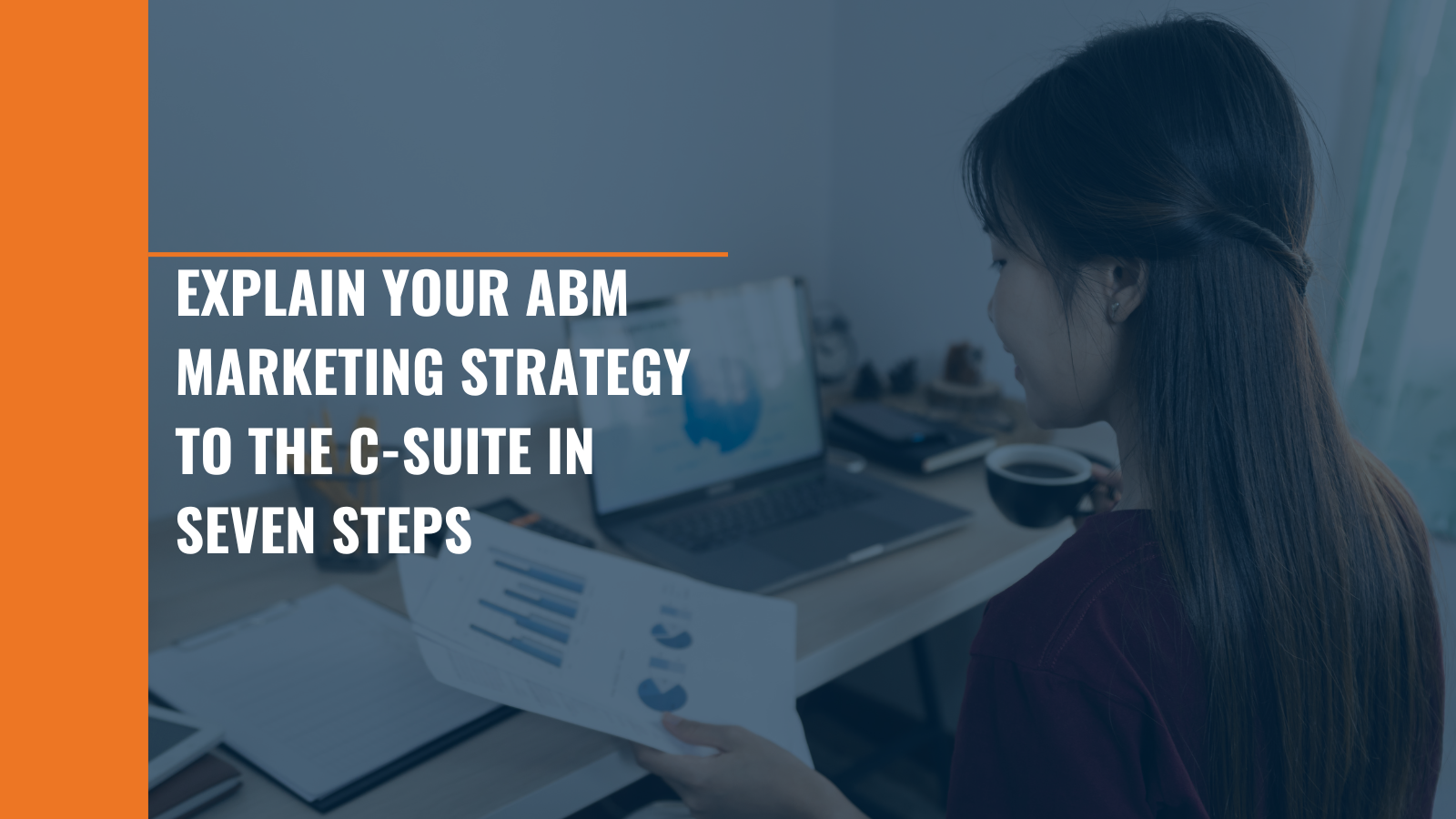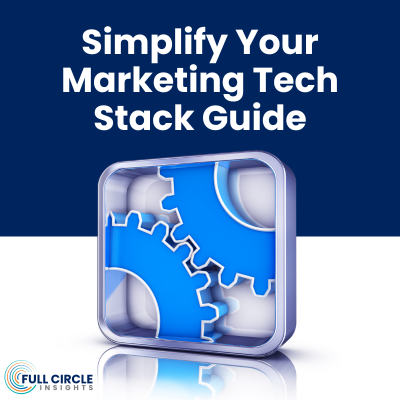As account-based marketing (ABM) surges in popularity, more B2B marketing executives are excited about the benefits of the approach and exploring measurement products that can help them capture ABM campaign data and generate insights. For marketing executives who are planning or managing a transition to ABM, the first order of business should be explaining the strategy to their C-suite.
Unless they have a marketing background, C-suite executives probably won’t know what ABM is all about and why it’s an essential strategy for B2B marketing teams. Some executives might have even had a bad experience with ABM years ago, before intent data technology made ABM hyper-segmentation at scale possible. Here are seven steps you can use to make the business case for your ABM strategy:
- First, talk to the VP of Sales: This is a crucial first step because you’ll want to discuss the move to an ABM strategy with the leader of the sales team and get their buy-in on marketing’s strategic shift. One of the advantages of ABM is that it better aligns sales and marketing, so talk to the VP of Sales before you approach the CEO so your sales counterpart can share suggestions and ideas.
- Explain the shift in terms solving a problem and/or creating more efficiency and growth: All CEOs want high growth and efficiency in spending, so let them know you see an opportunity to target accounts that fall into your ideal customer profile more efficiently and generate more growth. Explain how focusing on specific accounts generates higher ROI and conserves resources.
- Provide an overview of what ABM is: After explaining your rationale for the proposed shift to ABM, give the CEO a brief synopsis of what ABM is, highlighting the strategy’s ability to capture the complexity of a B2B sale by focusing on accounts, which brings marketing and sales into better alignment and enables hyper-segmentation at scale.
- Create an ABM implementation plan: In this step, outline your strategy and detail how you are going to execute it. Emphasize that ABM is a long-term approach and set ROI expectations accordingly. Detail how you and your marketing team will be working with the sales organization to select target accounts and how you will capture and analyze data.
- Identify needed resources, including people, technology and funding: Let the CEO know whether you plan to allocate funds from your current marketing programs or if you’ll need additional resources (if available). Provide insight into who will be involved in the ABM deployment and what technology is needed to make your program a success.
- Set a timeline: Moving from a person-based lead generation strategy to an ABM approach isn’t something that happens overnight, so it’s a good idea to create and share a timeline that details each step of the rollout process. A timeline is also an excellent way to manage expectations around ROI, so be realistic about when you anticipate results from the new strategy.
- Identify your objectives and what you plan to measure: It’s important to be specific about what your goals are and what you will measure to ensure you’re making progress. If you’re producing campaign metrics inside your CRM instance, that’s a massive advantage because you can access historical data, and your CRM can function as source of truth and credibility for the organization.
An ABM strategy isn’t hard to implement once CEOs and other key decision-makers understand the revenue and efficiency potential. In fact, they might ask why you didn’t adopt the strategy sooner. (You can explain that ABM became the dominant B2B marketing strategy when companies like 6sense, Bombora, Demandbase, etc., began providing the critical intent data that enables hyper-segmentation at scale rather than hard-to-scale hyper-personalization.)
Keep in mind that you’ll need the tools and technologies in place to be able to compare your success with target accounts versus non-target accounts. ABM platforms like Full Circle ABM provide the data and context needed to compare campaigns and measure the impact of your ABM strategy to the organization’s pipeline and revenue — right inside the CRM. With the right platform and a compelling explanation of how you’ll use ABM to drive results, you’ll make you CEO a believer in no time.
Save this eBook for later.
Learn how to measure and engage key accounts, and identify top intent providers to enhance your ABM strategy.




